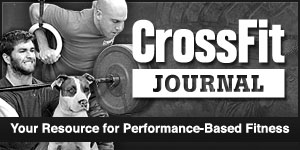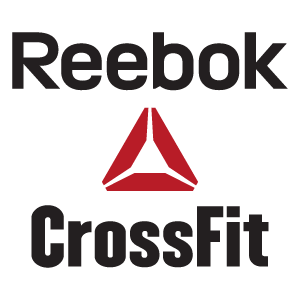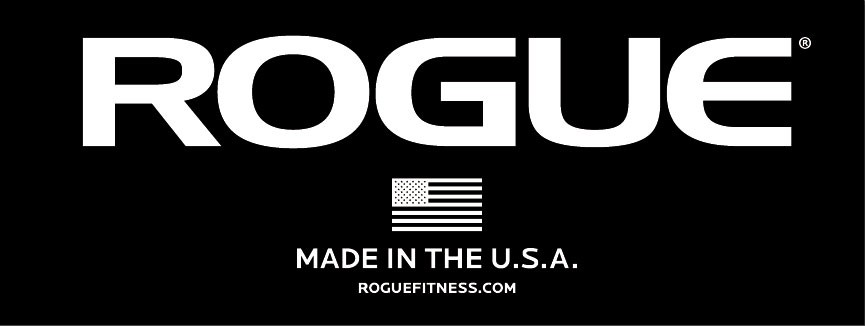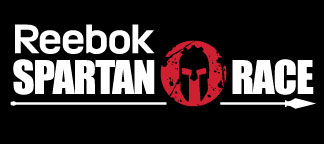Grip strength has come up often, especially with my continual harassment of lifters who constantly wear straps. Now I have written about straps before, and where I believe they are effective, so I don’t want to dive into that too much. I do, however, have some back up on this subject. Snatching with straps is not the same as snatching without. A lifter at the OTC hit a pretty good snatch while wearing straps. Zygmunt went over, looked at the program, and wrote “straps” next to the lift on her program. It is relevant enough for him to make a note of it and every time a new lifter comes in and is wearing straps, he is always asking, “Why?”.
So lets say you are one of those lifters who relies on straps because your grip is an issue. If you are wearing straps because your hands just hurt a little, i’m not talking to you because you are just being a baby. “But you did judo so you have an advantage”, some of you might say. It is true that I did judo, but to imply that it in some way gives me an advantage in grabbing a barbell is just silly. Every single day I had to grab hold of a Gi that another person was wearing who was then trying to get my hand off. Do you know what we didn’t have? straps. Your hands hurt? well then you either dealt with it your you got thrown on your ass. weightlifting is easy on that front- the force on your hands is always the same- gravity is as consistent as they come.
Every weightlifter is given the opportunity to create the grip strength necessary buy grabbing a bar every day and allowing the hands to adapt to the forces and the knurling. But what else can you do about it? Obviously there is not one way to grab a bar and I think where weightlifters miss the boat is in how much of their hand they use. We hook grip so we all become so consumed with the thumb, index and middle finger.

The advantage I do have from Judo is learning how to grab something and where your strength is. Yes you have to hook grip for the best grip on a barbell, but it doesn’t stop there. In judo your grip strength comes from your LAST 3 fingers- middle finger, ring finger and pinky. We can’t forget to use these in addition to the hook grip. As far as strength, your index finger is really the weakest. This is why I actually use it last in the line of importance. So here is a step by step of my personal method of getting a grip that will allow you to train as you compete, without straps.
Start by using your ring finger to “dig” into the bar. I try to wrap the base of my thumb and the base of my ring finger towards each other. Then I wrap my thumb around to the crook between my ring and middle fingers.


Next you wrap that middle finger over your thumb, as deep as possible. I like the thumbnail to sit at the base of my ring finger. Some teach to get as many fingers over your thumb as possible, and I could likely get my ring finger over my thumb but that doesn’t really work for me. I prefer to have my last two fingers wrapped around the bar. So the index and middle finger wrap the thumb, with most of that force being held by the middle finger. After securing that, part of the hand, finish by wrapping your ring and pinky fingers around the bar securely. Really let them grab the bar instead of just sitting idle while you try to hold the bar with only half your hand. Remember you aren’t sipping tea here, so use your pinky.

So notice the comparative loseness of the grip on the right vs the security of the grip on the left. In neither picture is the bar buried in my palm. The bar actually sits from the base of my thumb to ABOVE the base knuckle of the pinky. It sits above that spot because if I put it below and put it in my palm where people traditionally hold a bar, I will tear that callus right off every time because of my kind of fat hands. So not only can how you grip the bar save your hands, but how you place the bar can significantly change your ability to train consistently.
It took me some time to put it together but I don’t have to wear straps for snatches at all. For me it’s not really a badge of honor, but it allows me to train as I compete. Every rep I do in the gym has no difference from the parameters i’ll encounter on the platform. Now I’m not going to say they should never be worn. No doubt if you are doing any significant volume of snatch work from the hang, you will likely want to put them on. I always use them on pulls because it allows me to focus on the very specific aspects of that partial movement. But, there are also times Zygmunt has written pulls without straps, specifically to address a grip weakness with certain lifters. Ultimately the more you can train without straps the more it will translate to what happens on the platform in competition. Try this gripping style or modify it to fit your own hands and enjoy the benefits of stronger hands and an iron grip!
The post The Grip: From Judo to Weightlifting appeared first on Juggernaut.










